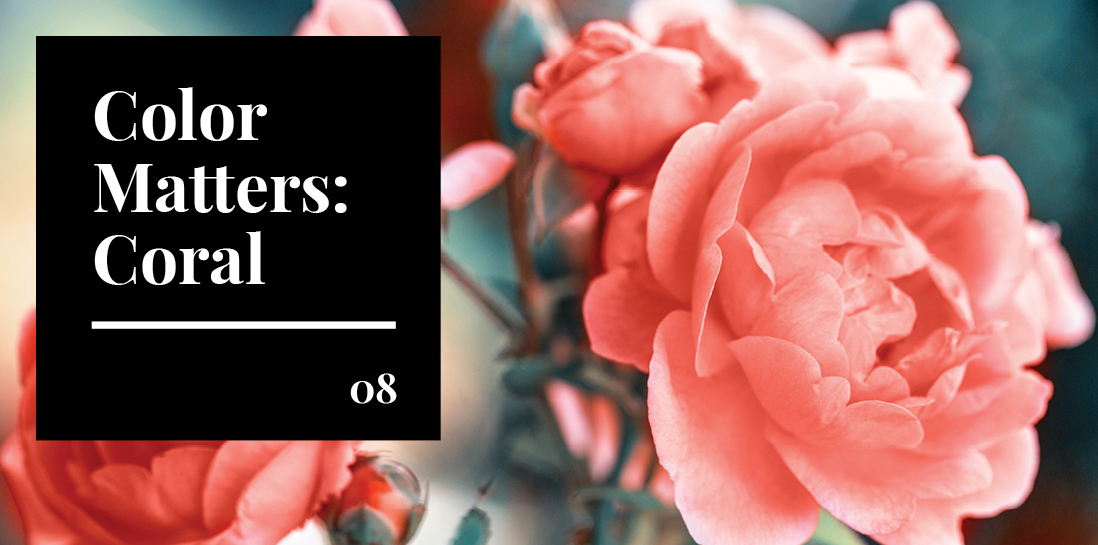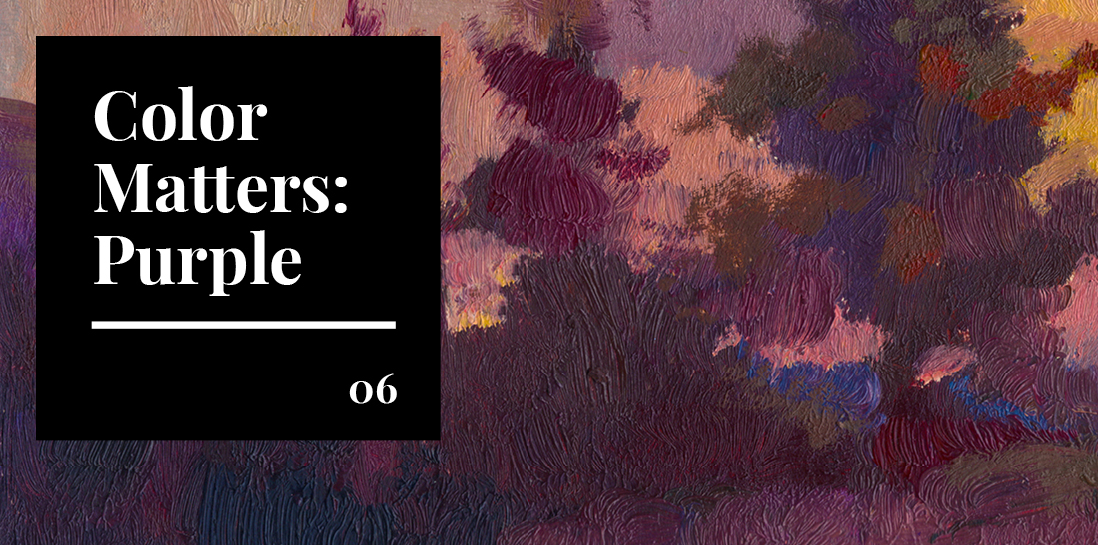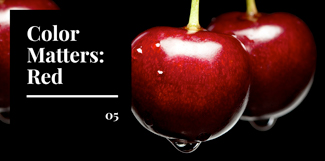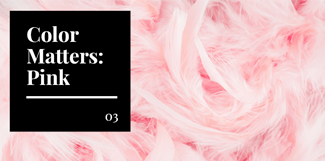
In ancient Greek mythology, the hero Perseus slayed the Gorgon Medusa, cutting off her snake-haired head and placing it in a magical bag. As he carried his dripping trophy triumphantly back home through North Africa, he heard the cries of the Ethiopian Princess Andromeda, tied up as a sacrifice to a great sea monster. After rescuing his future wife and slaying yet another beast, Perseus wearily rested on the shores of the Red Sea (or, in some versions, the Mediterranean). As the waves lapped at the bag, Medusa’s blood seeped into the water, turning soft green seaweed into hard, blood-red coral whose shape echoed its snake-haired mother. Born of the blood of a monster, coral is said to protect against evil influences.
Though corals naturally occur in many shades, from pink to white to black, the original coral that was prized around the world was red korallion. But as the world of civilized trade expanded beyond the reaches of the Mediterranean, the vast range of coral colors became diluted from the bloody red it once was. As a color, coral is nearly inseparable from its nautical namesake. But today, we know coral as a specific shade of orange-pink. Perhaps the further from its brutal origin story coral went, the softer and more innocent its color became.
Coral in nature
Before coral was identified as the hard skeleton secreted by living marine polyps, it was thought to be a precious stone. The Hebrews called it goral, meaning “small pebble,” reports the Etymology Online Dictionary.
Coral reefs are teaming with vibrant, exuberant life, which is reflected in the energy and brightness of the color coral. Warm sandy beaches and tropical sunsets are colored coral, as well as tropical fish like the hawkfish. It lends its name to the Coral Sea off the coast of Australia.
Looking beyond the ocean, coral is found in flowers like roses, impatiens, peonies, dahlias, and, of course, orchids. It also lends its name to the rosy-flowered Indian Coral Tree. Several citrus fruits are tinted coral—grapefruits, pomelos, and the tropical rambutan.
In the zoological world, coral hues are often courtesy of diet. Flamingo and salmon are both colored by the small fish and crustaceans they eat, reports the Smithsonian. Nudibranchs, too, are pigmented by the corals and jellyfish they eat, while canary birds’ feathers flush coral when they eat spices like paprika or peppers. But coral also functions as a warning color in the animal kingdom—the venomous coral snake and the jellyfish are prime examples.
Coral in fashion and art
Regardless of its mythological significance, wearing jewelry fashioned from coral was popular in most cultures, including Spain, Europe, Asia. Introduced to valuable coral from invading Spaniards, many Native American tribes adapted it to traditional use, pairing it with turquoise for a striking ornament said to protect from evil spirits.
In art, the color coral is the perfect foil to dark blacks or deep blues. Depending on its context, coral can make a bold statement (as in Georgia O'Keeffe “Oriental Poppies”) or create an unsettling mood (see Edvard Munch’s “The Scream”). In fact, much of Munch’s work uses coral as a shocking punch of color juxtaposed against dark backgrounds.
Pop culture
Coral is having a moment, thanks to the Pantone Color Institute. Chosen as Pantone’s 2019 Color of the Year, “Living Color” graces everything from catwalks to cars, to say nothing of housewares and home walls. By choosing coral, Pantone aims to make an environmental statement as much as a color statement; the alarming rate of coral reef decline consistently makes the news and has resulted in a flood of reef-safe sunscreen brands.
Around the turn of the nineteenth century, Coral was a popular woman’s name. Perhaps the trendy color will help the feminine name rise in popularity once again.
Coral in branding
A shade in-between pink and orange, coral adopts characteristics from each. It borrows its pleasing golden undertones and femininity from pink, while orange lends its punchy exuberance. Coral is closely related to salmon and peach, with the key difference lying in their undertones. Peach, soft yellow-orange with a touch of pink, intensifies into salmon, bright pink with a hint of yellow. Salmon brightens into the orangey pink of coral.
Feminine coral is perfect for cosmetics packaging and beauty-related branding. For inspiration, look to accessories and textile brand Orla Keily, which uses coral as a signature color in its retro-inspired punchy prints.
Coral’s organic, earthy connotations are especially appealing to consumers seeking all-natural solutions in food, cosmetics, or even healthcare. We also like coral for food and beverage packaging since it borrows the appetite-stimulating qualities of red and orange.
Coral offers brands an accessible, welcoming hue with the same appeal as its tropical namesake; it’s vibrant, full of life, and inspires curiosity. Though we can’t vouch for its protection against evil influences, it certainly has a way of cheering us up.



